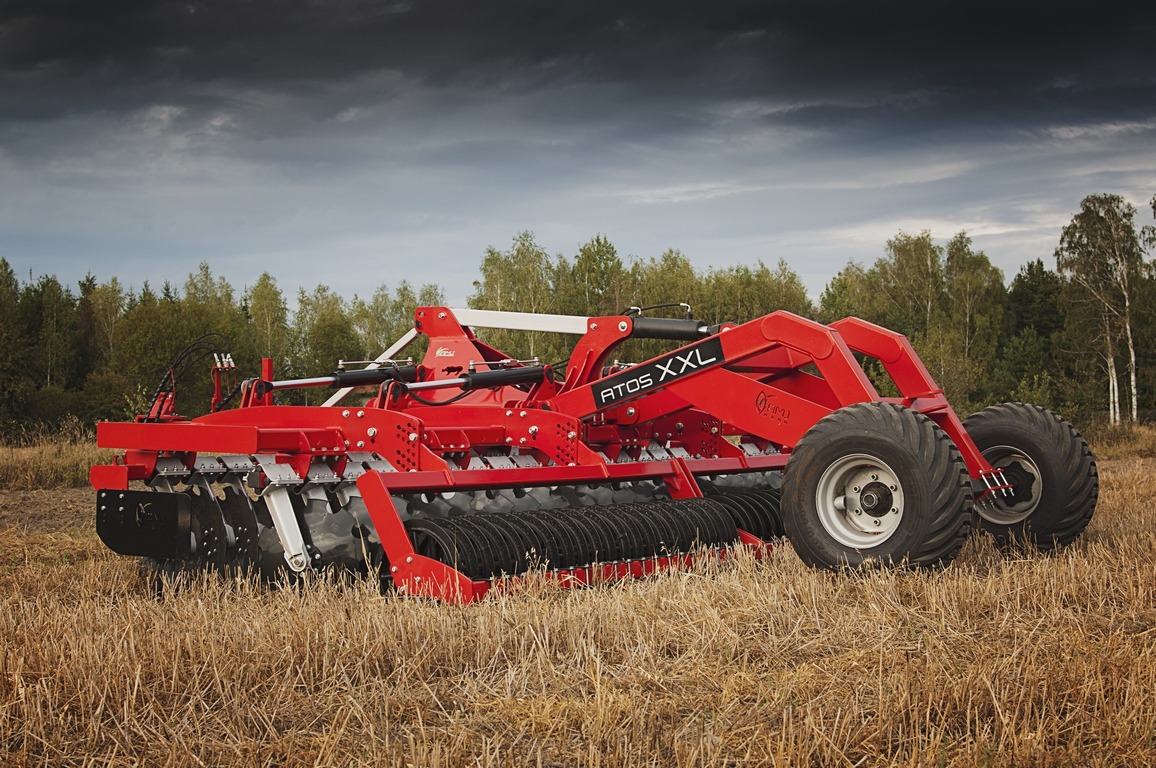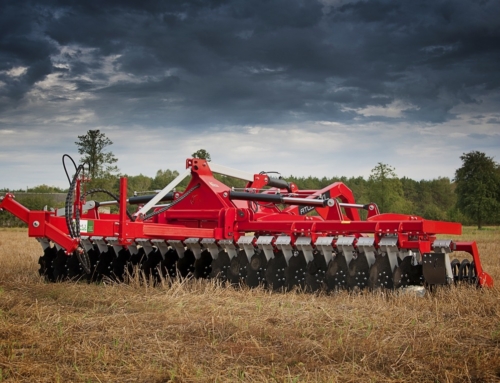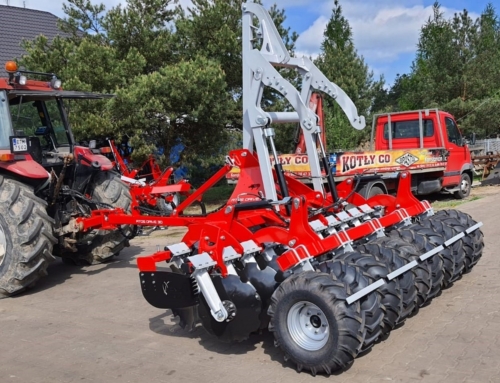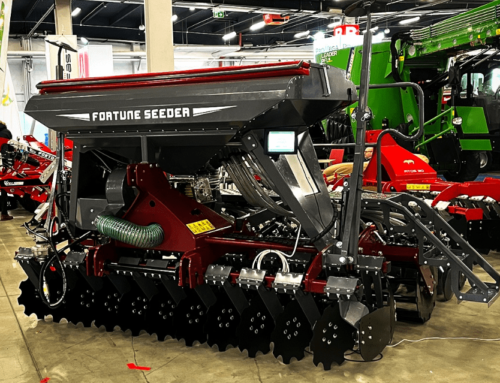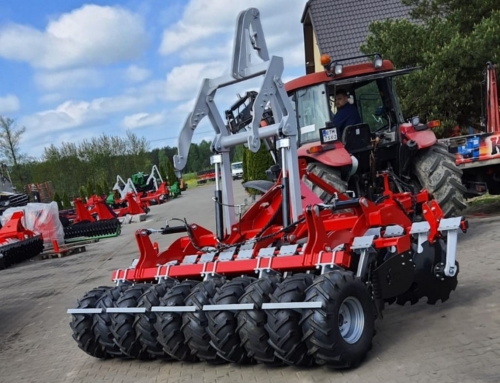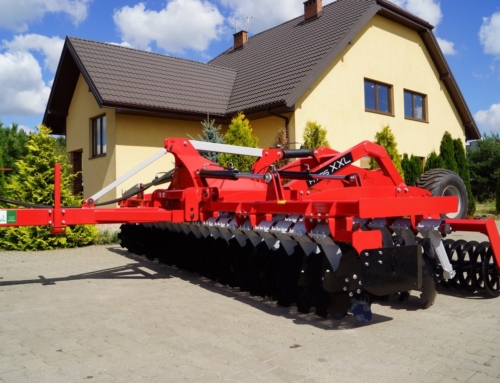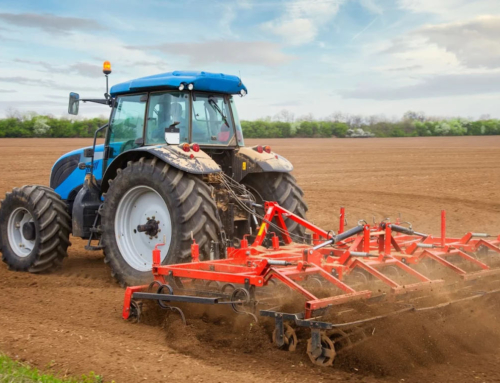In is one of the most important processes in agriculture because obtaining good crops depends on it. In fact, it can be said that there are two main sowing methods: traditional and point sowing using modern machines, e.g. pneumatic seeder. This article will present the advantages and disadvantages of both solutions, as well as compare their effectiveness in practice.
- Advantages and disadvantages of traditional and spot sowing using a pneumatic seeder
- Efficiency of the manual method and the pneumatic seeder
- Examples of applications of pneumatic sowing and traditional methods in practice
Advantages and disadvantages of traditional and spot sowing using a pneumatic seeder
Traditional sowing involves manually or mechanically scattering seeds on the ground. The advantage of this method is primarily its simplicity and low cost, as it does not require specialized equipment, only human power or a basic tool such as a manual seeder or spreader. Another advantage hand sowing it is possible to estimate a sufficient amount of seeds per square meter of area, which translates into lower costs of purchasing seed material. However, its disadvantages include uneven distribution of seeds in the field, which results in poor plant emergence and reduced crop yield. For this reason too traditional sowing it is recommended for small crops or vegetable plots.
Pneumatic sowing, on the other hand, uses compressed air generated in the machine to evenly distribute a large amount of seeds on the field, while maintaining the appropriate distance and depth. The strength of this method is high precision and efficiency, even distribution of seed material and the ability to control its dose as well as the sowing speed itself. As a result pneumatic seed drills allow you to easily adapt their operation to the specific requirements of the crop or soil conditions. As for the disadvantages pneumatic seed drills, they are higher costs and the need to train employees in their use.
Efficiency of the manual method and the pneumatic seeder
Sowing efficiency is a key element in agriculture. Comparison of its effectiveness using pneumatic seed drills i traditional methods includes a number of factors, such as uniformity and depth of introduced seeds, even distribution, minimization of seed losses, and environmental impact.
Sowing using pneumatic seed drills is distinguished by higher effectiveness than in the case of traditional sowing. This is due, among other things, to the even distribution of seeds throughout the field. Even distribution of the material leads to better use of the field surface, which allows for much higher crop yields. In addition, the seeds have equal access to nutrients, water and light, which promotes their even growth and development.
Pneumatic seeder therefore, it allows you to automate the sowing process and thus speed up the overall cultivation process. As a result, farmers can save a lot of time and focus on other important work related to cultivation. This is what makes it a popular choice among farmers who value quality, efficiency and time saving.
If you are looking for equipment that will save you time and money when sowing, we encourage you to check our offer Fortune Seeder pneumatic seeder with its own plumbing. Thanks to it, you will achieve precise sowing at a working width of up to 3 meters.
In the case of traditional sowing methods there is a greater risk of uneven distribution of seeds in the seedbed, leading to inconsistent germination and plant growth. Moreover, it is more difficult to spread seeds and control their quantity by hand, which often leads to unnecessary consumption of seed material. So, the whole sowing process involves more labor and human power, a lot of time and costs.
Examples of applications of pneumatic sowing and traditional methods in practice
Traditional sowing it is commonly used on small farms where a small area of land does not require the use of expensive machines. It is also suitable for small crops, such as home gardens, where scattering seeds by hand is quite sufficient.
Regarding pneumatic spot sowing of course, it is more effective on multi-hectare farms that are distinguished by a large scale of production. Because with help pneumatic seeder there will be no problem with the method of spreading and the amount of seeds in a large, designated area of the field.

